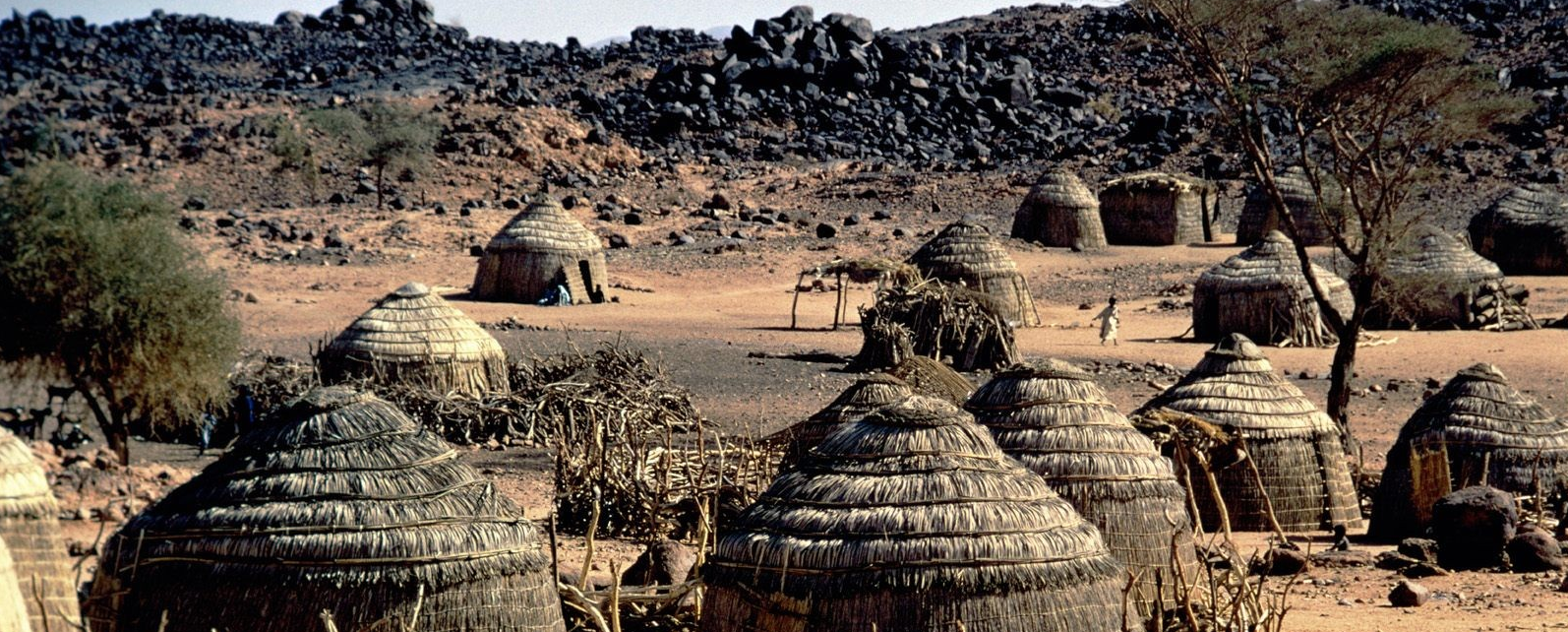Remote communities are not receiving the compensation they are entitled to from schemes designed to conserve tropical forests, a study suggests.
People who depend on being able to harvest forest resources should receive payment under the schemes.
But researchers say there is a “reality gap” between safeguards designed to help affected communities and who actually receive the compensation.
The findings have been published online in Global Environment Change.
“About 11% of global emissions come from deforestation and degradation of tropical forests so the idea is that if you can slow this down then that can offset emissions and that is good for climate mitigation,” explained Julia Jones from Bangor University, Wales.
Over the past decade, schemes called Reducing Emissions from Deforestation and forest Degradation (Redd/Redd+) have been developed as part of the global effort to mitigate climate change.
These mechanisms are designed to improve forest management and reduce the net emission of greenhouse gases in tropical forest and sub-tropical forest nations.
“It finally got approval (at the UN climate summit) in Paris in December that Redd+ will go ahead as a global climate mitigation mechanism,” Jones told BBC.
“What that means in reality is more protected areas and more funding. This sounds brilliant, after all it is a win-win situation and what is there not to like about it?”
However, it has been widely acknowledged that such schemes - if not implemented properly - can have a significant negative impact on people’s livelihoods, such as indigenous communities, and exacerbate poverty.
“This has been taken on board by, for example, the World Bank,” observed Jones. “They have made commitments that anything they fund [and] people are displaced as a result, they must be compensated for it.”
But she added: “The problem is how you go about doing that? The way that the World Bank guidelines work is that households affected by a scheme must be identified and then compensated for the negative impact of the establishment of a protected area on their livelihoods.”
Distance Matters
In order to test whether the commitment to “social safeguards” were working on the ground, the team of UK and Madagascan researchers looked in detail at an area within Madagascar where a new protected area was being established.
The work was being funded by the World Bank’s Forest Carbon Partnership Facility.
“We have shown that, yes, they have gone out there and identified households that they think are affected negatively by conservation and have delivered compensation.”
However, she added, the compensation was not reaching those most affected by the project.
“We have mapped every single household that should have been covered by the compensation and have shown that… the process had some very serious biases in it,” she said.
“Essentially, the people that were identified were easier to reach physically - such as closer to the road or closer to the administrative center.
“They also tended to be more socially connected; members of local forestry management committees, and they were - on average - richer or, at least, less poor.”
Jones said it was not what would be expected from a scheme that was delivering the help where it was needed most.
“People that are closer to the administrative center are further away from the forest so they are less dependent on forest resources for their livelihoods,” she suggested.
“What is interesting here is that the World Bank has very explicit guidelines that it has to be pro-poor and target vulnerable groups. We have shown that it is not working.”


